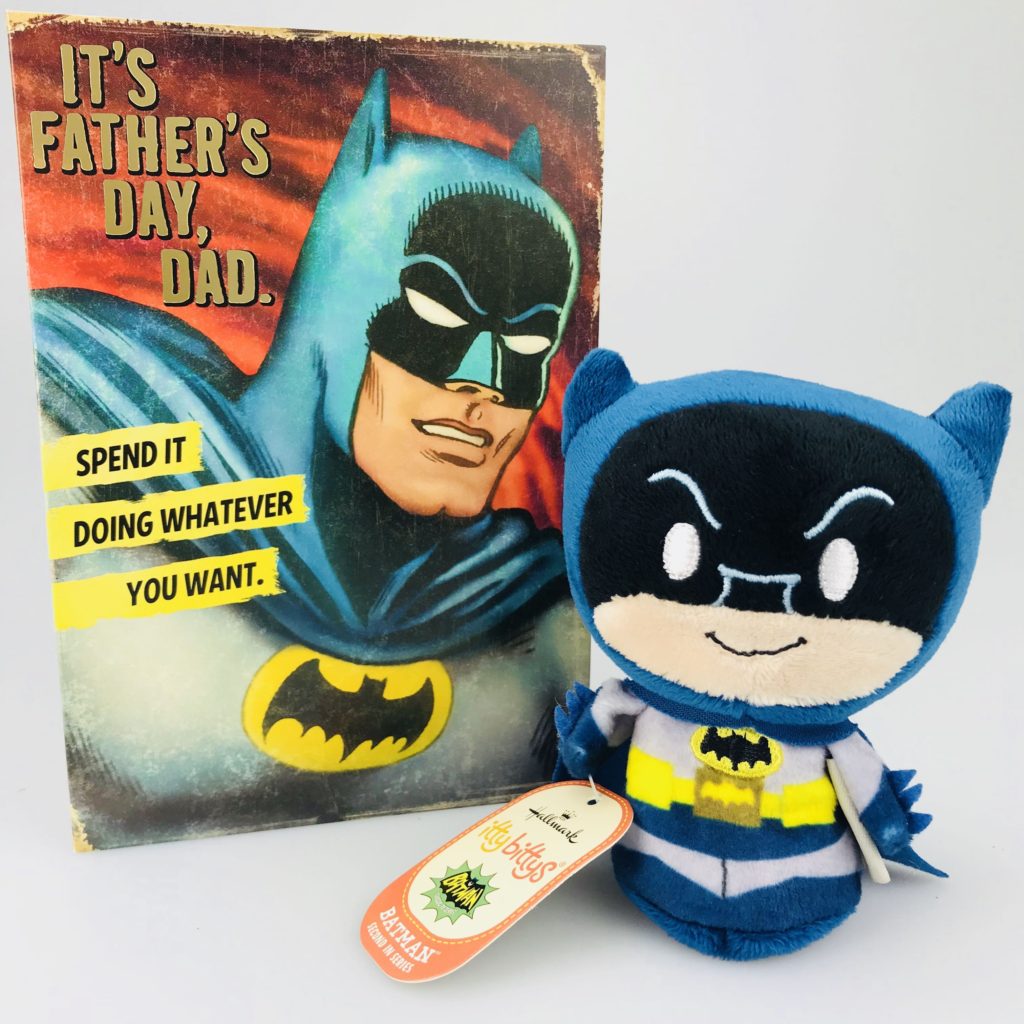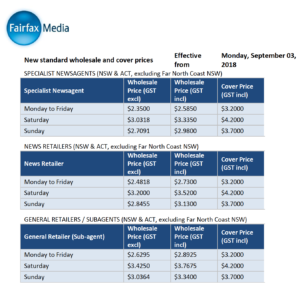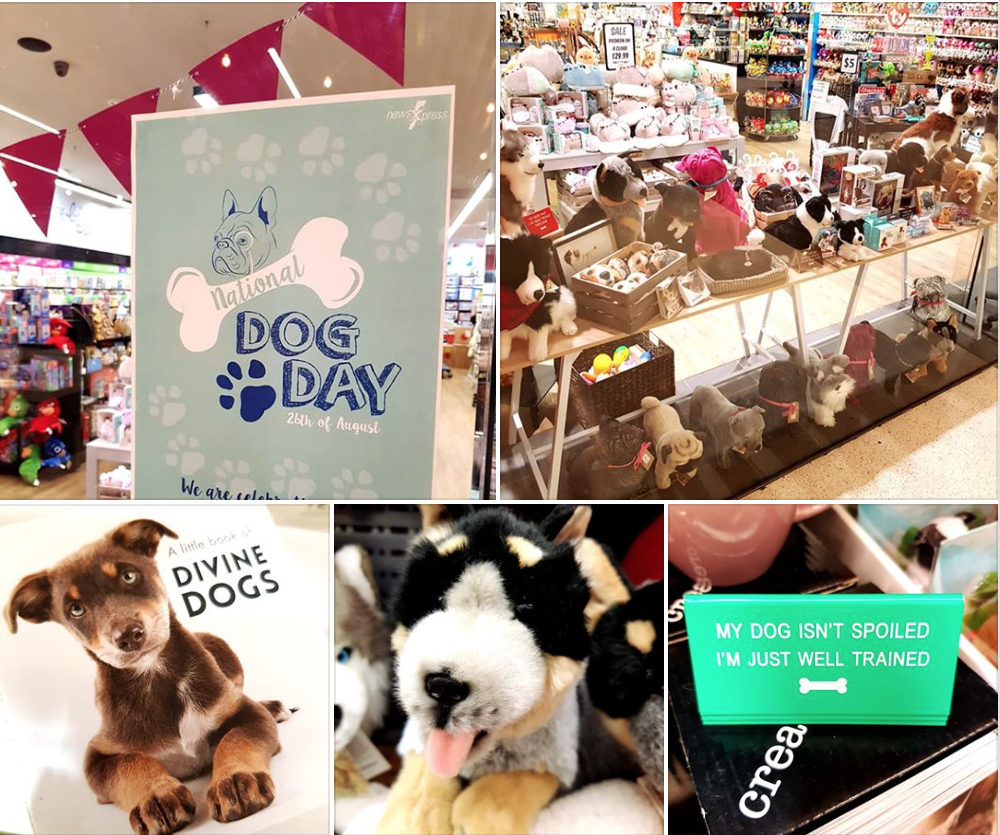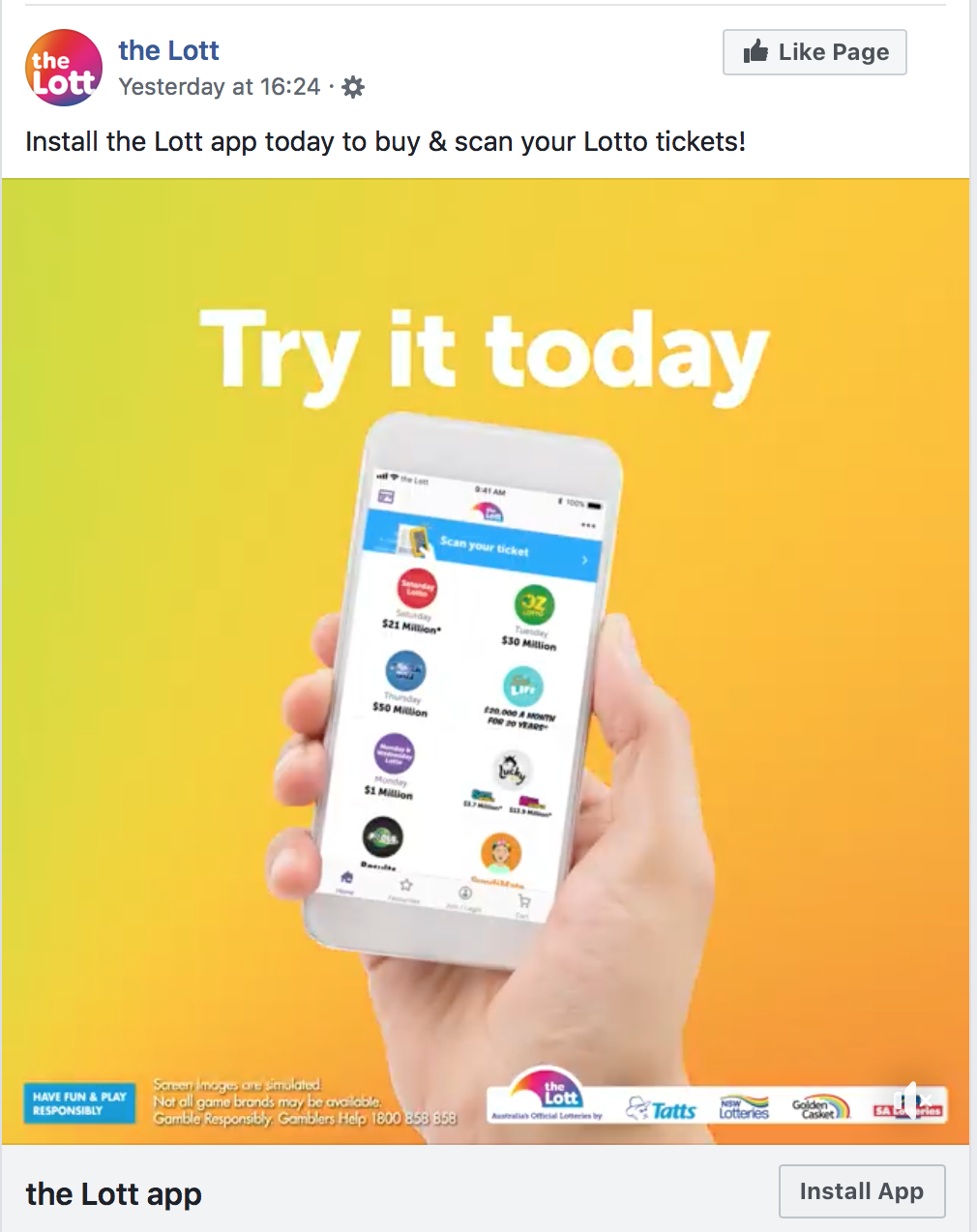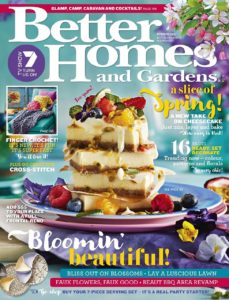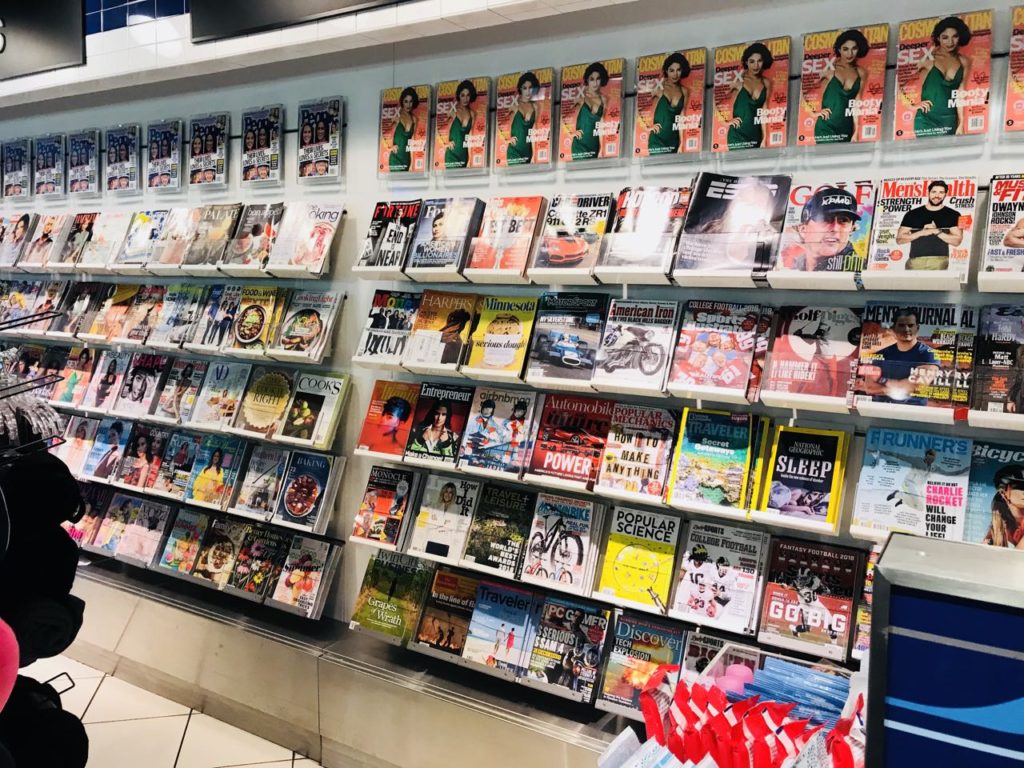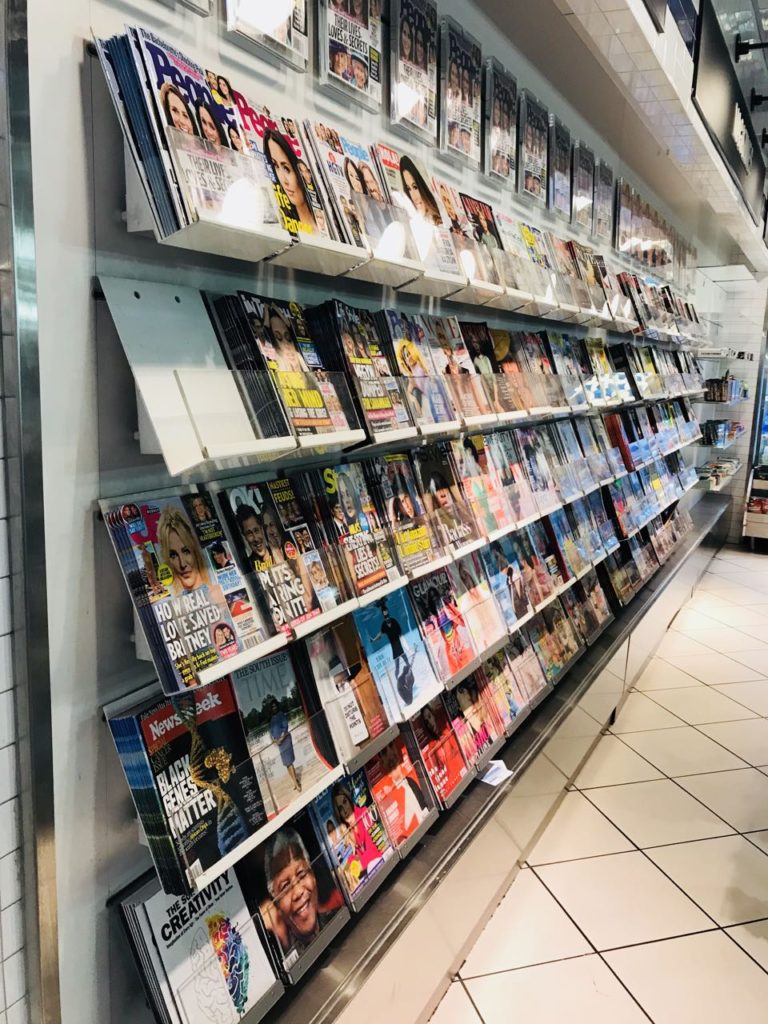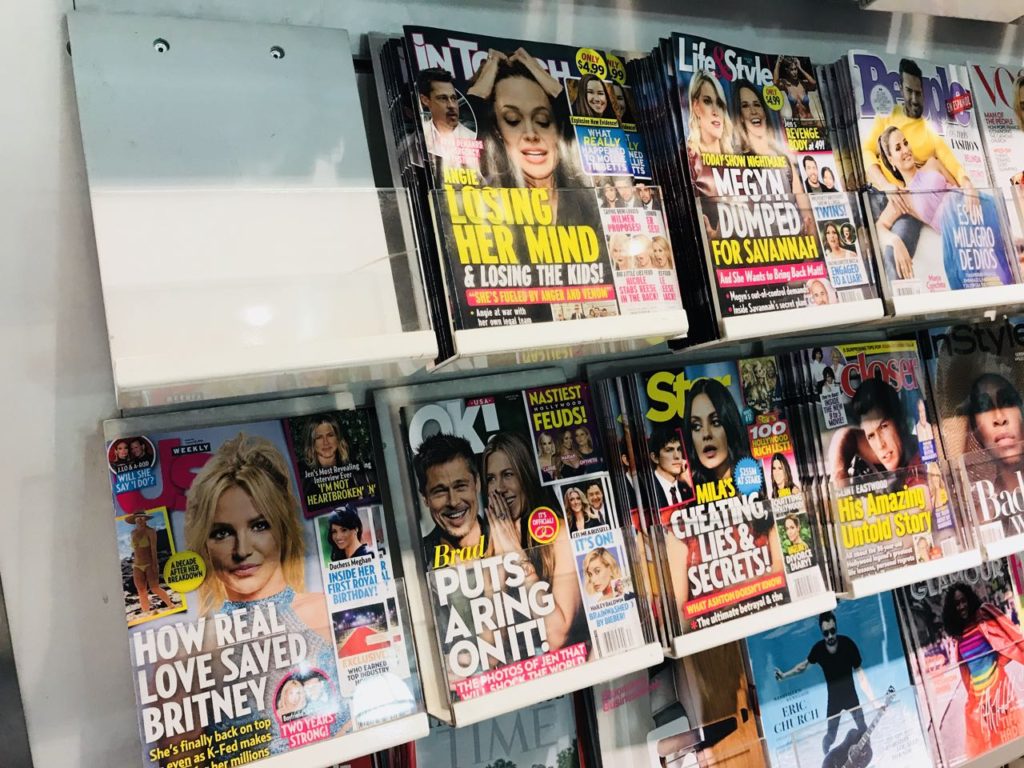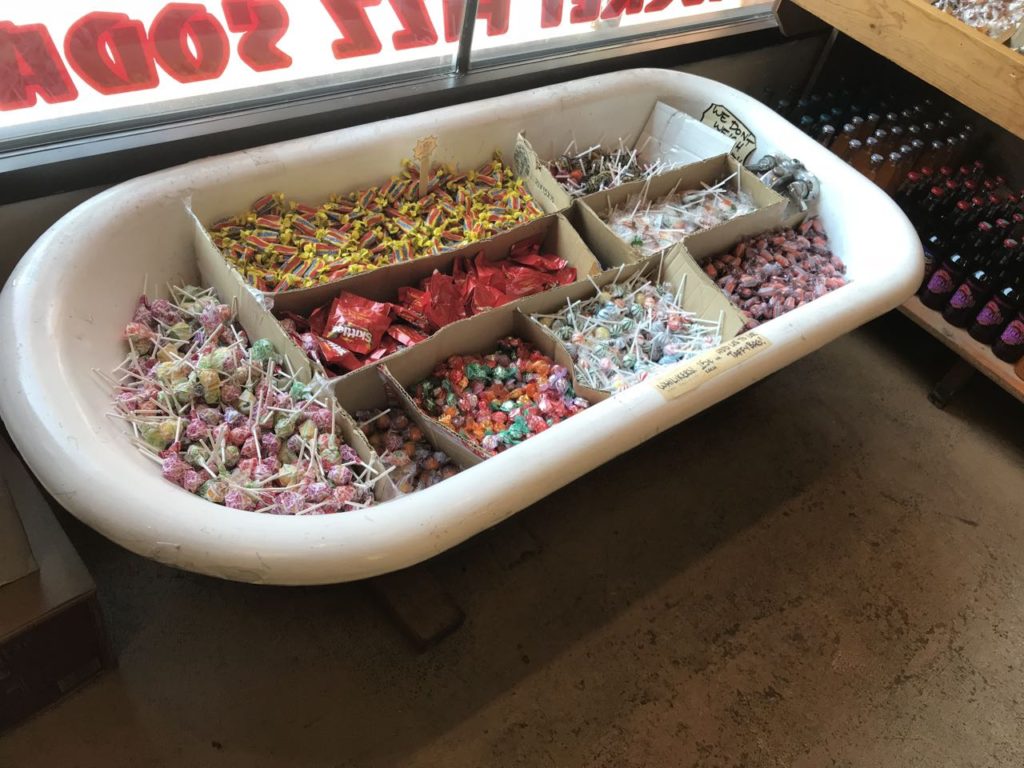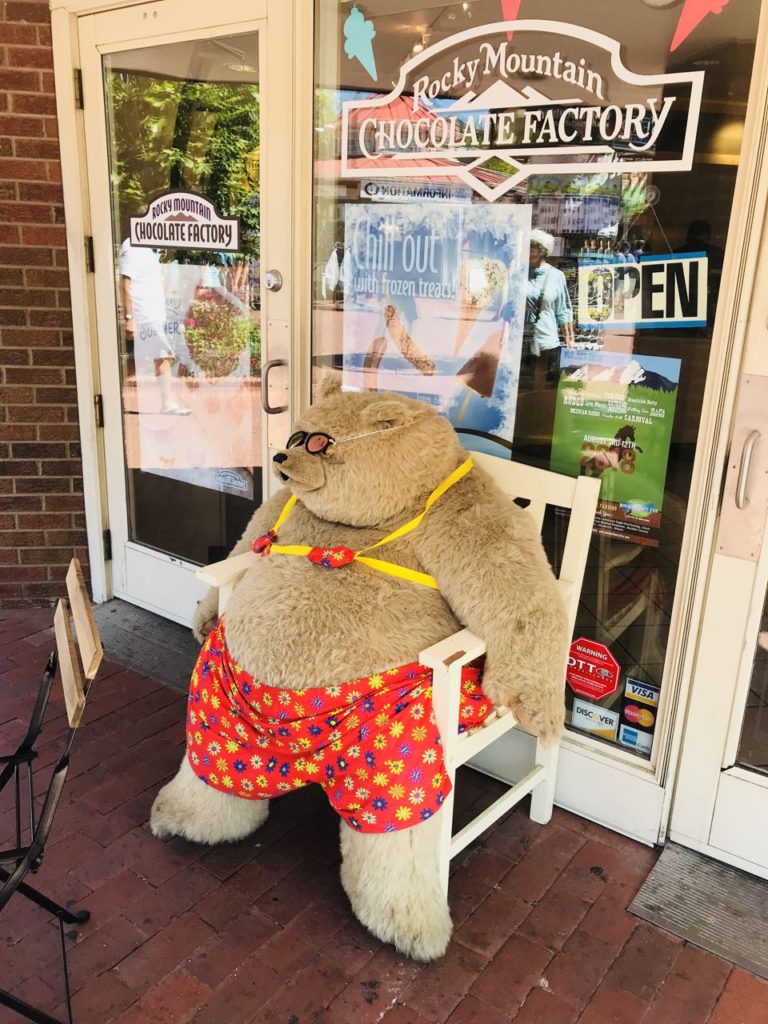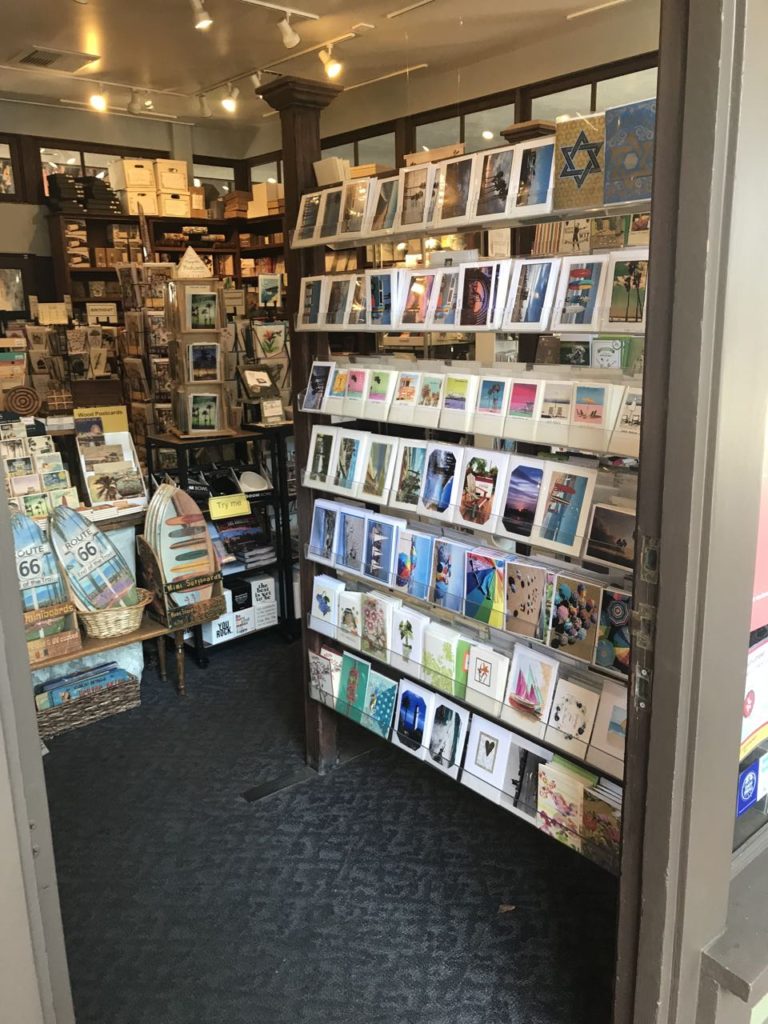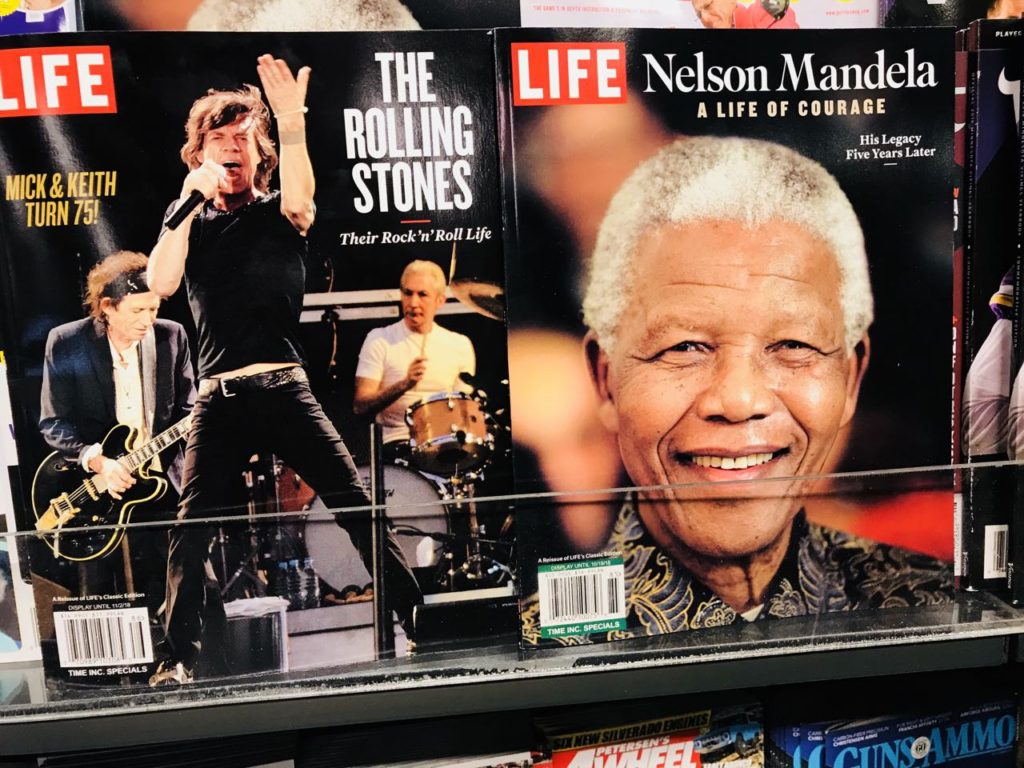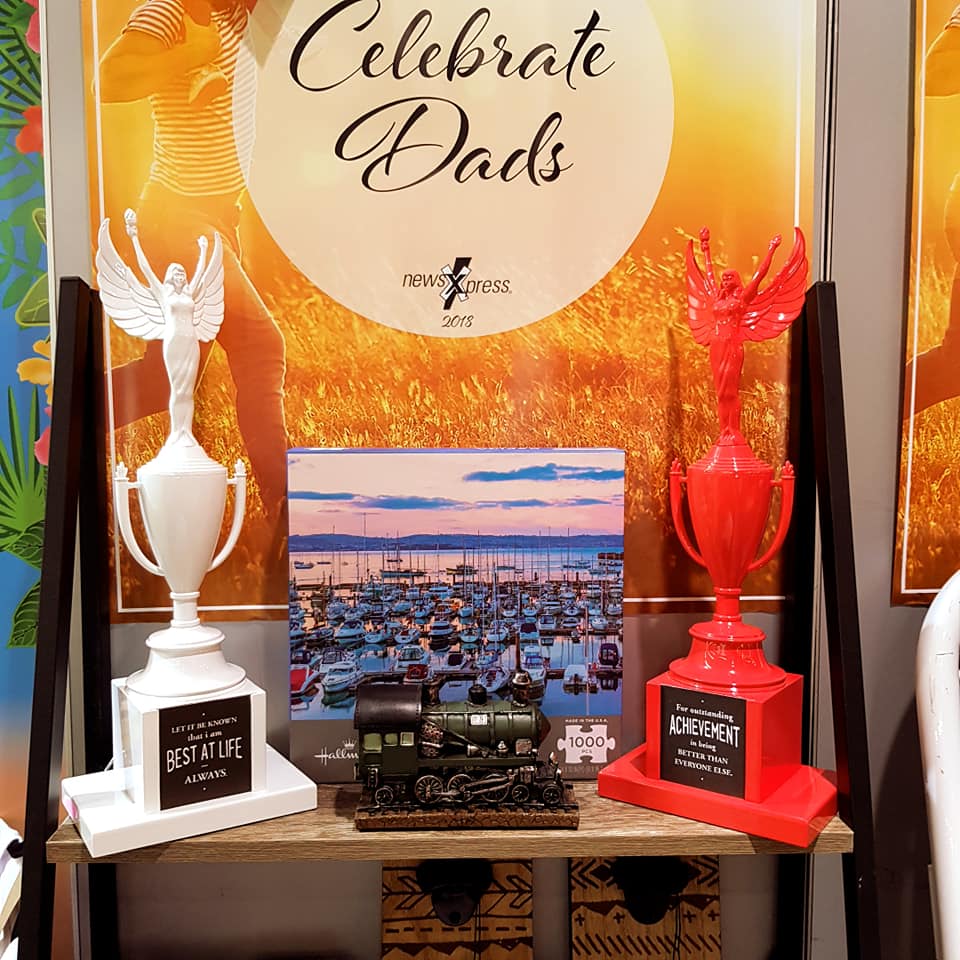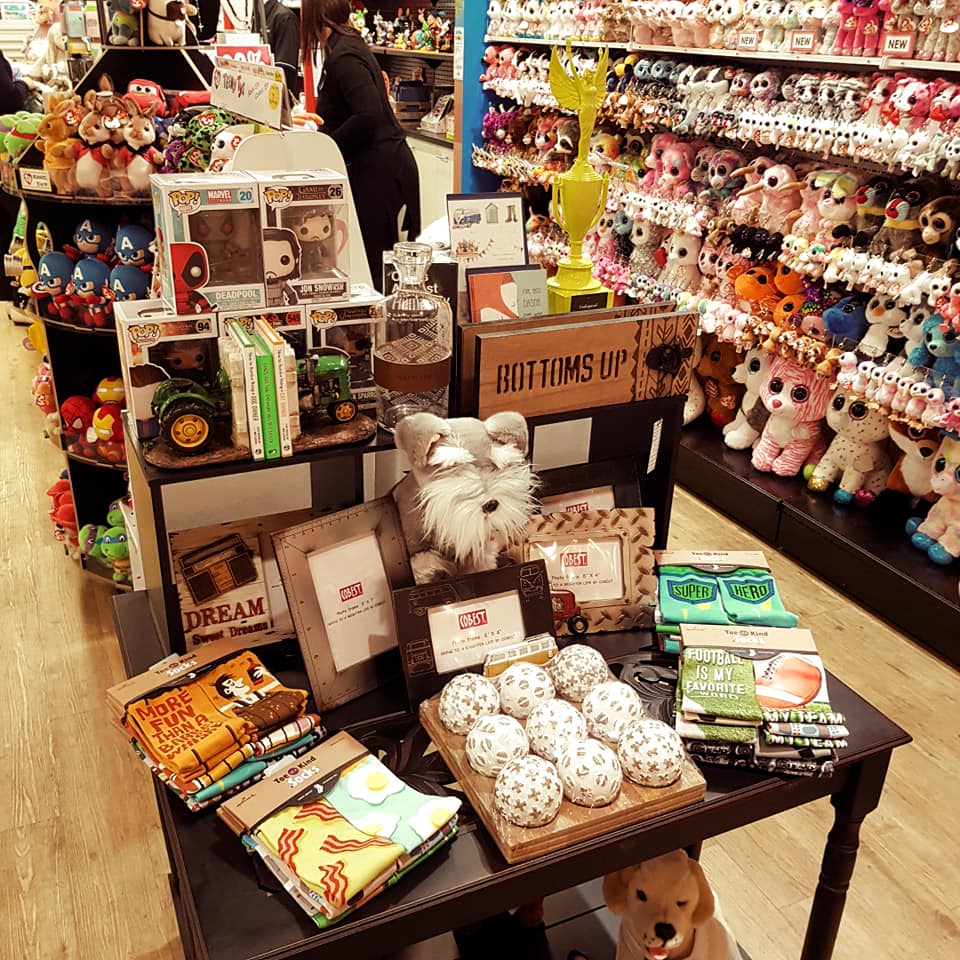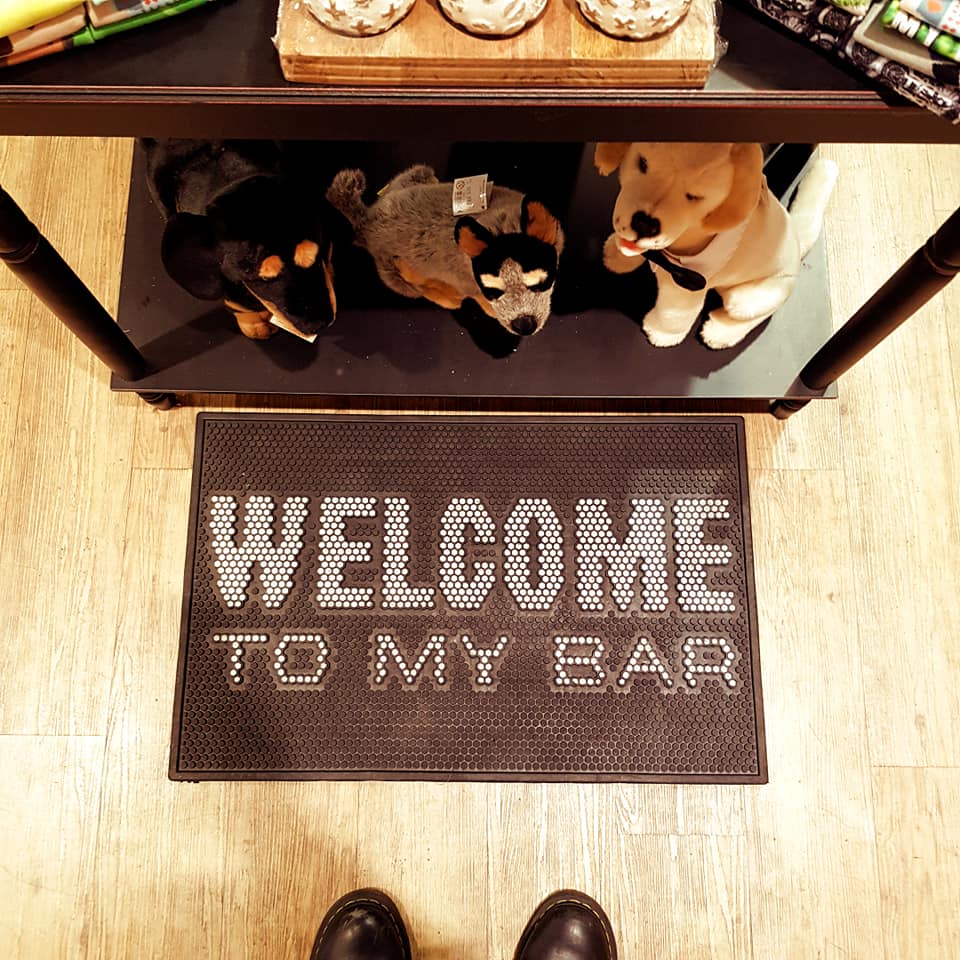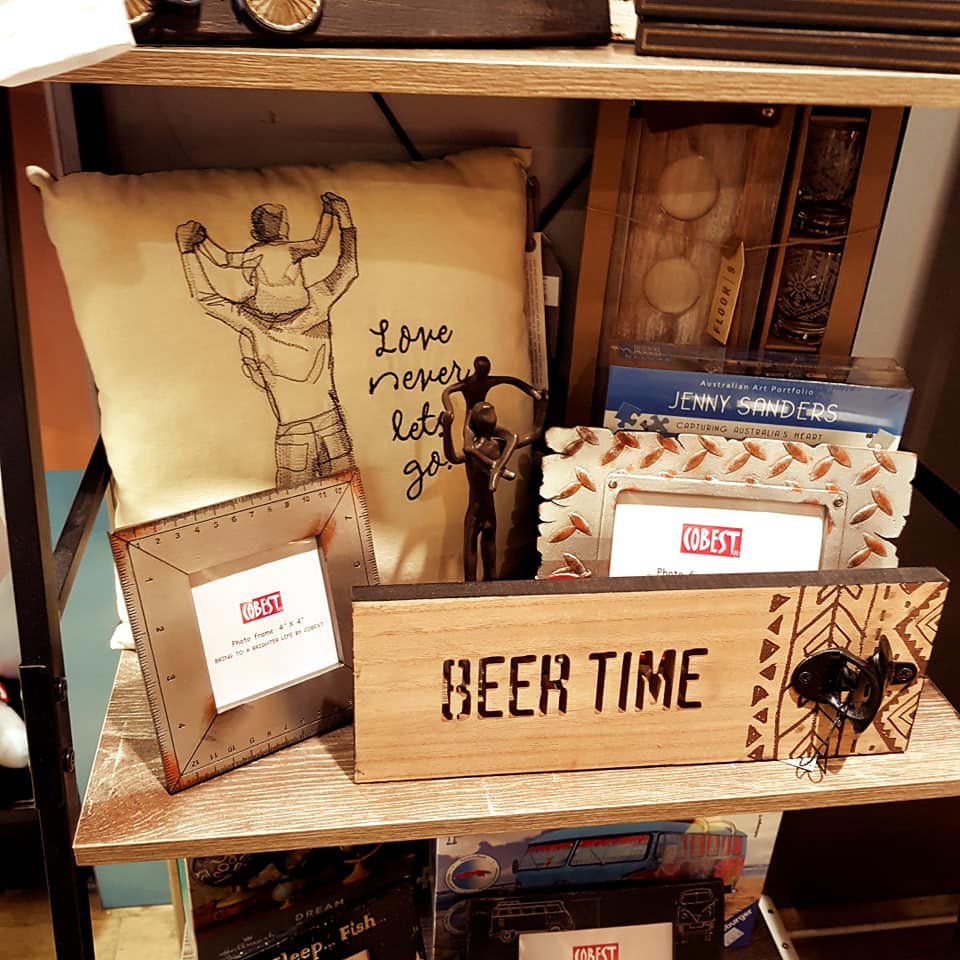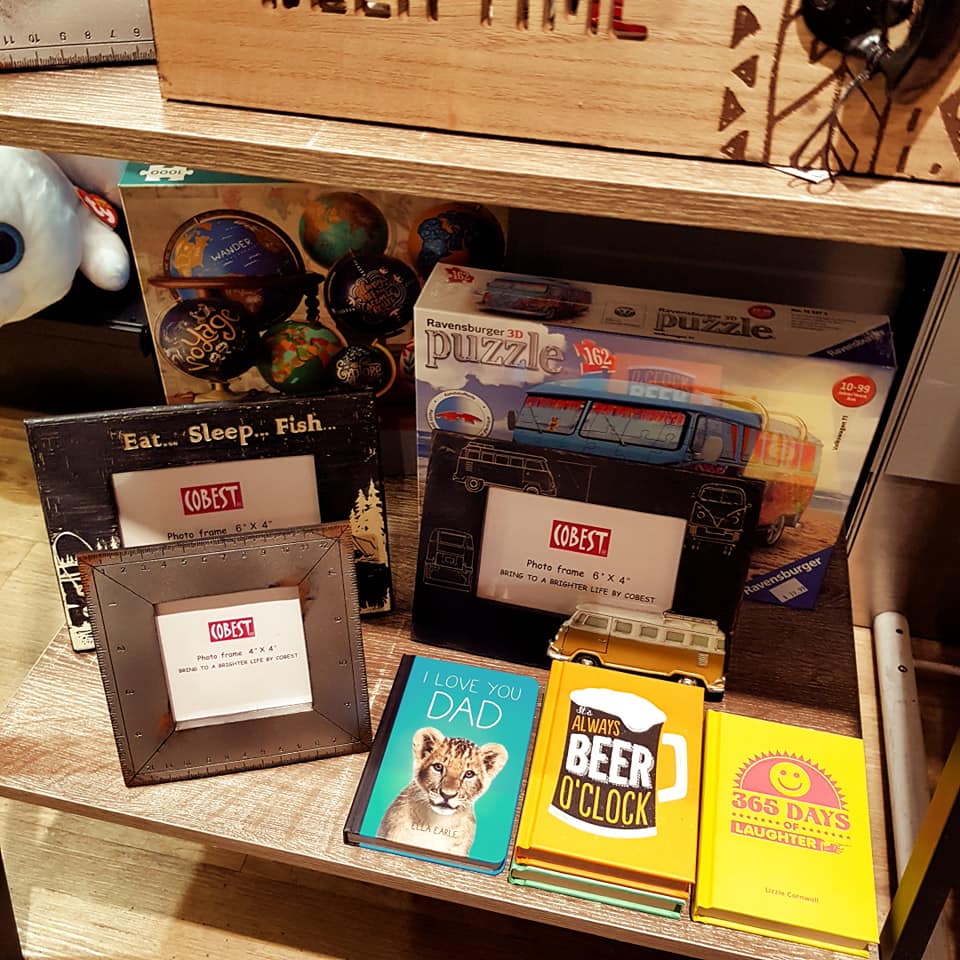Understanding ATO benchmarks is important to small business retailers
At the Vodafone COSBA National Small Business Summit in Sydney yesterday I was fortunate to talk with a representative of the ATO about their engagement with Sm all Business and, in particular, their use of benchmarks as a trigger for further investigation.
The ATO has benchmarks for various types of businesses, including newsagency businesses. The benchmarks evolve as they see businesses evolve. In our channel this is a challenge given the disparity between newsagency businesses.
Whereas for decades our businesses were, overall, similar in percentage of product categories sold and operational overhead percentages, today, the similarities are not there. Today, a single benchmark for newsagency businesses does not make sense.
Check ut the current ATO newsagency business benchmark and see for yourself.
I am grateful for the time to discuss this in detail with someone from the ATO, to point out the differences in newsagency businesses that were not there three or four years ago and to share that the differences are growing apace.
This matters since the benchmarks are a trigger within the ATO for them taking a closer look at a business, which could be an audit. Audits can be expensive so anything we can do to avoid this unnecessary cost the better.
Of course, there are reasons businesses should be audited such as situations where owners take cash out of the business, act to hide tax obligation or otherwise misbehave. In these situations or in the event of suspicion about these situations, investigation is vital not only for the ATO but for the channel.
Hopefully, the discussion I had will add a useful voice to consideration for a review of the approach to benchmarking newsagent businesses and, maybe, separating the channel out to more useful business category subsets that serve the situation of the channel today compared to a few years ago.
I see the need in the channel benchmark studies I undertake and can plot the drifting from the almost singular model to what we have today of many quite different businesses operating under a single shingle.
I am grateful that the ATO representative at least listened to the explanation of why the single benchmark approach may not be useful today.


